High Strength Aluminum Pipe Elbow for Marine Vessels
High Strength Aluminum Pipe Elbows for Marine Vessels are precision-engineered components designed to join and redirect piping systems in demanding shipboard environments. Manufactured from high-strength aluminum alloys, these elbows combine excellent mechanical performance, corrosion resistance, and low weight — essential attributes for marine applications such as seawater systems, ballast lines, fuel and lubrication systems (where compatible), HVAC, and structural piping runs.
Features
- High strength-to-weight ratio: significant weight savings compared with steel alternatives while maintaining required structural integrity.
- Excellent corrosion resistance in marine environments: improved longevity against seawater, salt spray, and humidity.
- Precise geometry and dimensional control: ensures leak-free joints and consistent flow characteristics.
- Good fatigue resistance: suitable for dynamic loads and vibration common on vessels.
- Fabrication and joining flexibility: compatible with welding, brazing, and mechanical fastening per industry practice.
- Surface finishing options: mill finish, anodized, or coated to enhance corrosion resistance and appearance.
- Custom angles and radii: available in common elbow configurations (45°, 90°, 180°) and custom bends or long-radius options.
Typical Applications in Marine Vessels
- Seawater cooling circuits for engines and auxiliary equipment
- Ballast and bilge piping
- Potable water distribution (with appropriate alloy and certification)
- HVAC (chilled water and condensate lines)
- Firefighting lines (where allowed by classification and certification)
- Fuel return and lubrication return lines (subject to compatibility)
- Structural piping and lightweight conduit runs in superstructure and decks
Materials & Chemical Composition
High strength aluminum pipe elbows for marine use are commonly produced from alloys in the 5000 and 6000 series. Typical alloy choices include 5083, 5086, 6061, and 6082 depending on required strength, corrosion resistance, and weldability.
| Alloy | Major Elements (%) | Typical Use Case |
|---|---|---|
| 5083 | Al balance; Mg 4.0–4.9; Mn 0.4–1.0; Cr 0.05–0.25; Si ≤0.4; Fe ≤0.4 | Excellent seawater corrosion resistance; high strength; preferred for hull and seawater piping |
| 5086 | Al balance; Mg 3.5–4.5; Mn 0.2–0.5; Cr 0.05–0.25; Si ≤0.4; Fe ≤0.4 | Good corrosion resistance; good weldability; used in marine structures and piping |
| 6061 | Al balance; Mg 0.8–1.2; Si 0.4–0.8; Cu 0.15–0.4; Cr 0.04–0.35; Fe ≤0.7 | Good mechanical properties and machinability; often used where strength and anodizing are needed |
| 6082 | Al balance; Mg 0.6–1.2; Si 0.7–1.3; Mn 0.4–1.0; Fe ≤0.5 | High strength 6xxx series with good corrosion resistance; increasingly used for marine fittings |
Note: "Al balance" means aluminum constitutes the remainder of the composition. Exact certified chemical composition will be supplied with material mill test reports (MTRs).
Mechanical Properties (Typical, Alloy & Temper Dependent)
| Property | 5083-H111 (typical) | 6061-T6 (typical) | 6082-T6 (typical) |
|---|---|---|---|
| Tensile strength (MPa) | 275–325 | 310–350 | 320–360 |
| Yield strength 0.2% (MPa) | 145–215 | 275–300 | 260–300 |
| Elongation (%) | 12–16 | 8–12 | 8–12 |
| Hardness (Brinell HB) | 55–75 | 95–115 | 100–120 |
| Density (g/cm3) | 2.66 | 2.70 | 2.70 |
| Fatigue strength (MPa, 10^7 cycles) | 80–120 | 100–140 | 110–150 |
Values above are indicative. Final selection should be based on certified material test reports corresponding to supplied components.
Technical Specifications
The following table shows common dimensional and pressure-related specifications for aluminum pipe elbows designed to API/ASTM or custom marine standards. Values vary by manufacturer, alloy, and fabrication method (butt-weld, socket-weld, flanged, or fabricated).
| Parameter | Typical Range / Values | Notes |
|---|---|---|
| Standard angles | 45°, 90°, 180°, custom | Long radius (LR) and short radius (SR) options |
| Nominal sizes (DN / NPS) | DN15–DN600 (1/2"–24") typical; larger on request | Sizes may be limited by forming/welding capabilities |
| Wall thickness | ASME B31.3 / custom — schedule STD/XS/XXS equivalents | Thicker walls for higher pressure or structural loads |
| End connections | Butt-weld, socket-weld, flanged, threaded (limited) | Flanged per ANSI/ASME, PN per EN standards |
| Design pressure | Up to 25 MPa (design dependent) | Use design codes for exact ratings |
| Design temperature | -196°C to +150°C (alloy/ temper dependent) | Low-temperature performance depends on alloy selection |
| Corrosion protection | Anodizing, epoxy coating, sacrificial coating | Enhance seawater resistance as required |
| Surface finish | Mill, bead-blast, anodized, painted | Cosmetic and anti-corrosion options |
| Dimensional tolerance | Per ASME B16.9 / EN ISO 1127 / customer spec | Critical for mating with piping systems |
| Certification | MTR, PMI, NDT (UT/radiography), pressure test | Class society or owner-required certifications available |
Performance Characteristics
- Corrosion Resistance: 5xxx series alloys provide excellent resistance to general seawater corrosion and stress-corrosion cracking. 6xxx series alloys offer good resistance with higher strength; protective coatings extend service life.
- Strength & Weight Savings: Aluminum elbows reduce overall piping weight by ~60% compared to steel for the same dimensions, improving vessel payload and fuel efficiency.
- Thermal Conductivity: Higher than steel, improving heat transfer in cooling circuits.
- Ease of Fabrication: Good weldability (with proper procedures and filler metals) and formability for custom elbow geometries.
- Fatigue Resistance: Suitable for systems subject to cyclic loading when engineered with appropriate wall thickness and support.
Installation & Joining Considerations
- Welding: Use qualified welding procedures (TIG, MIG) and appropriate filler alloys (for 5083 use 5356 filler, for 6061 use 4043/5356 per code). Pre- and post-weld heat treatments are limited for some marine alloys — follow alloy-specific guidance.
- Galvanic Corrosion: Avoid direct contact with dissimilar metals (steel, copper) without insulating materials or coatings to prevent galvanic corrosion.
- Inspection: Radiographic or ultrasonic examination of welds, dimensional checks, and pressure testing should be performed per project requirements.
- Supports & Expansion: Account for thermal expansion and dynamic motion with proper supports, anchors, and flexible joints.
- Certification: For safety-critical systems (firefighting, fuel), ensure compliance with classification society (e.g., ABS, DNV, Lloyd’s) and project specifications.
Standard Sizes & Typical Mass (Example Table)
The table below lists example nominal sizes, long-radius (LR) elbow masses, and approximate pressure ratings for thin-wall designs. These are illustrative; actual values depend on wall thickness, alloy, and fabrication.
| NPS / DN | LR 90° Elbow Mass (kg) | Typical Wall (mm) | Indicative Pressure Rating (MPa) |
|---|---|---|---|
| 1/2" / DN15 | 0.12 | 2.0 | 6–10 |
| 1" / DN25 | 0.28 | 2.5 | 6–10 |
| 2" / DN50 | 0.85 | 3.0 | 6–12 |
| 4" / DN100 | 3.2 | 4.0 | 4–10 |
| 8" / DN200 | 12.5 | 5.0 | 3–8 |
| 12" / DN300 | 30.0 | 6.0 | 2–6 |
These examples are for guidance. For pressure-critical systems, use calculated wall thickness or select elbows rated by standard pressure classes.
Benefits for Vessel Owners & Engineers
- Weight reduction improves fuel efficiency, increases payload, and lowers center of gravity compared to steel piping.
- Lower lifecycle costs through reduced maintenance and corrosion-related failures when correct alloy and protective measures are used.
- Faster installation due to lighter components and easier handling onboard.
- Compatibility with modern vessel design trends emphasizing aluminum superstructures and lightweight piping.
- Reduced risk of seawater-induced corrosion when using marine-grade alloys and approved coatings.
Limitations & Considerations
- Lower absolute strength compared to carbon steel — design must account for required wall thickness and reinforcement.
- Some aluminum alloys are susceptible to galvanic corrosion when paired with dissimilar metals; electrical isolation and coatings may be necessary.
- Welding and repair require qualified procedures and skilled personnel.
- Not always suitable for high-temperature (>150°C) or certain chemically aggressive fluids unless specified alloys or linings are used.
Quality Assurance & Testing
Typical QA/QC measures offered with supply:
- Mill Test Report (MTR) certifying chemical and mechanical properties
- Positive Material Identification (PMI)
- Non-destructive testing (UT or RT) of welds
- Visual inspection and dimensional checks per ASME B16.9 / EN standards
- Hydrostatic or pneumatic pressure testing per customer requirements
- Surface treatment certification (anodizing/coating) as applicable
Ordering Information & Customization
When ordering, provide the following to ensure correct selection and delivery:
- Alloy and temper (e.g., 5083-H111, 6061-T6)
- Nominal pipe size (NPS / DN) and wall thickness or schedule
- Elbow angle and radius (SR/LR or custom R)
- End connection type (butt-weld, flanged, socket-weld)
- Required certifications and tests (class society, MTR, NDT)
- Surface finish/coating requirements
- Quantity and delivery schedule
Custom fabrication is available for non-standard diameters, large radii, special fittings, and integrated assemblies.
Example Use Cases
- Open ocean patrol craft: lightweight seawater cooling lines fabricated from 5083 elbows to reduce weight while ensuring corrosion resistance.
- Offshore service vessels: HVAC distribution using anodized 6061 elbows for aesthetic finish and adequate strength.
- Yacht construction: chilled water and potable water runs using 6082 elbows for high strength and nice finish after anodizing.
- Naval auxiliary systems: specialized ballast piping with class-approved 5086 elbows and welded joints with full NDT.
High Strength Aluminum Pipe Elbows for Marine Vessels offer a compelling combination of low weight, corrosion resistance, and good mechanical performance for many shipboard piping systems. Proper alloy selection (typically 5xxx or 6xxx series), correct fabrication and joining practices, and appropriate corrosion protection enable long service life and reduced maintenance. By matching technical specifications and certifications to the application, aluminum elbows can be an excellent choice for modern marine engineering.
For quotation, technical drawings, or specification sheets tailored to your vessel’s requirements, please contact our engineering team with the project details listed in the "Ordering Information" section.
Related Products
Marine aluminum round tubes
Marine Grade Aluminum Round Tubes are manufactured from premium marine alloys such as 5083, 5052, 6061, and 6082, all selected for their proven resistance to seawater corrosion and marine atmosphere degradation.
View DetailsMarine aluminum square tubes
Marine Grade Aluminum Square Tubes are typically constructed from marine-grade alloys such as 5083, 5052, 6061, and 6082—well-known for their ability to withstand the aggressive effects of saltwater and marine atmospheres.
View DetailsMarine aluminum rectangular tubes
Marine Grade Aluminum Rectangular Tubes are made from high-performance alloys such as 5083, 5052, 6061, and 6082. These alloys are renowned for their ability to resist corrosive seawater and marine atmospheres while providing excellent mechanical strength and toughness.
View DetailsCustom marine aluminum profile tubes
Custom Marine Grade Aluminum Profile Tubes are manufactured from premium marine aluminum alloys such as 5083, 5052, 6061, and 6082.
View Details6061-T6 90-Degree Marine Aluminum Pipe Elbow
Manufactured from premium 6061-T6 marine-grade aluminum alloy, this elbow fitting is engineered to provide reliable and efficient pipe direction changes within shipbuilding, offshore platforms, and marine infrastructure systems.
View DetailsRelated Blog
Marine Aluminum Pipe Elbow for Marine HVAC Systems
In the marine industry, HVAC (Heating, Ventilation, and Air Conditioning) systems play a pivotal role in maintaining a comfortable and functional environment on ships and offshore platforms.
View DetailsMarine Aluminum Elbow for Exhaust Ventilation Systems
Marine aluminum elbows are precision-formed duct components designed specifically for exhaust and ventilation systems aboard commercial ships, yachts, offshore platforms, and other marine environments.
View DetailsMarine Aluminum Elbow for Combustion Air Supply Systems
In the demanding environment of marine vessels, reliable components contribute immensely to safety, efficiency, and longevity. Among such vital parts.
View Details6082 Marine Aluminum Tubes for Saltwater Exposure Resistant Boats
Advantages of 6082 marine aluminum tubes, specifically engineered for saltwater exposure resistant boats. Learn about their chemical composition, mechanical properties, tempering conditions, implementation standards, and why they are the optimal choice in
View DetailsMarine Aluminum Pipe Elbow for Desalination Plant Connections
In modern desalination plants, the choice of piping components is critical to ensuring efficiency, longevity, and resistance to harsh marine environments.
View DetailsCorrosion Resistant Marine Aluminum Elbow Fittings
When we think of marine infrastructure—ships, offshore rigs, and dockside installations—durability under harsh, corrosive environments is paramount. Among the various components, elbow fittings play a critical role in fluid transport systems, en.
View Details

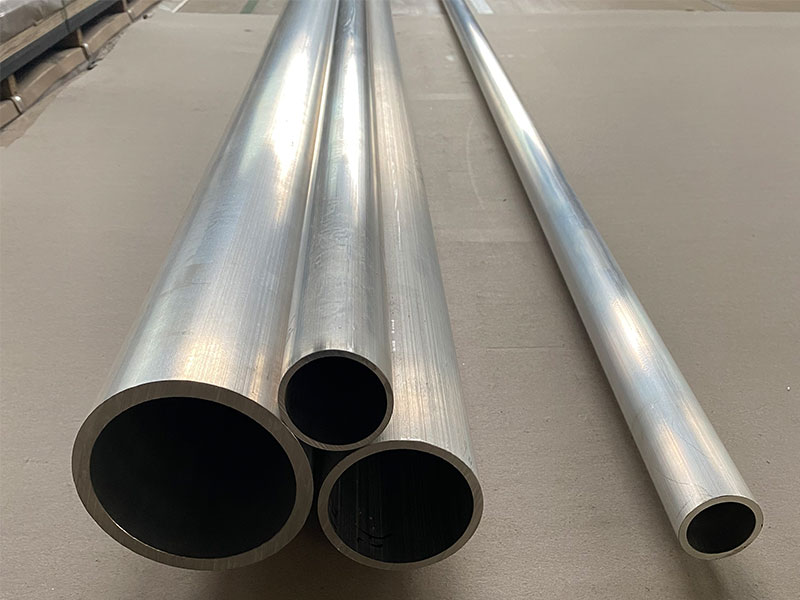
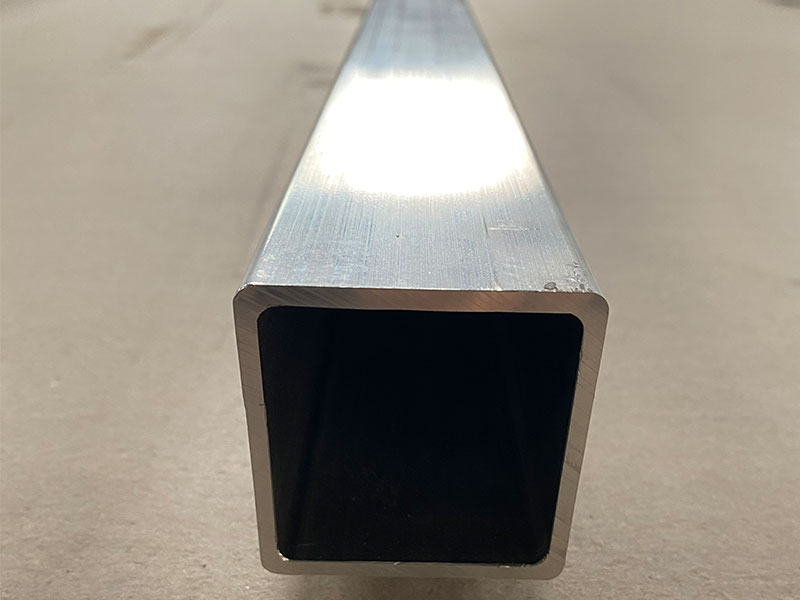
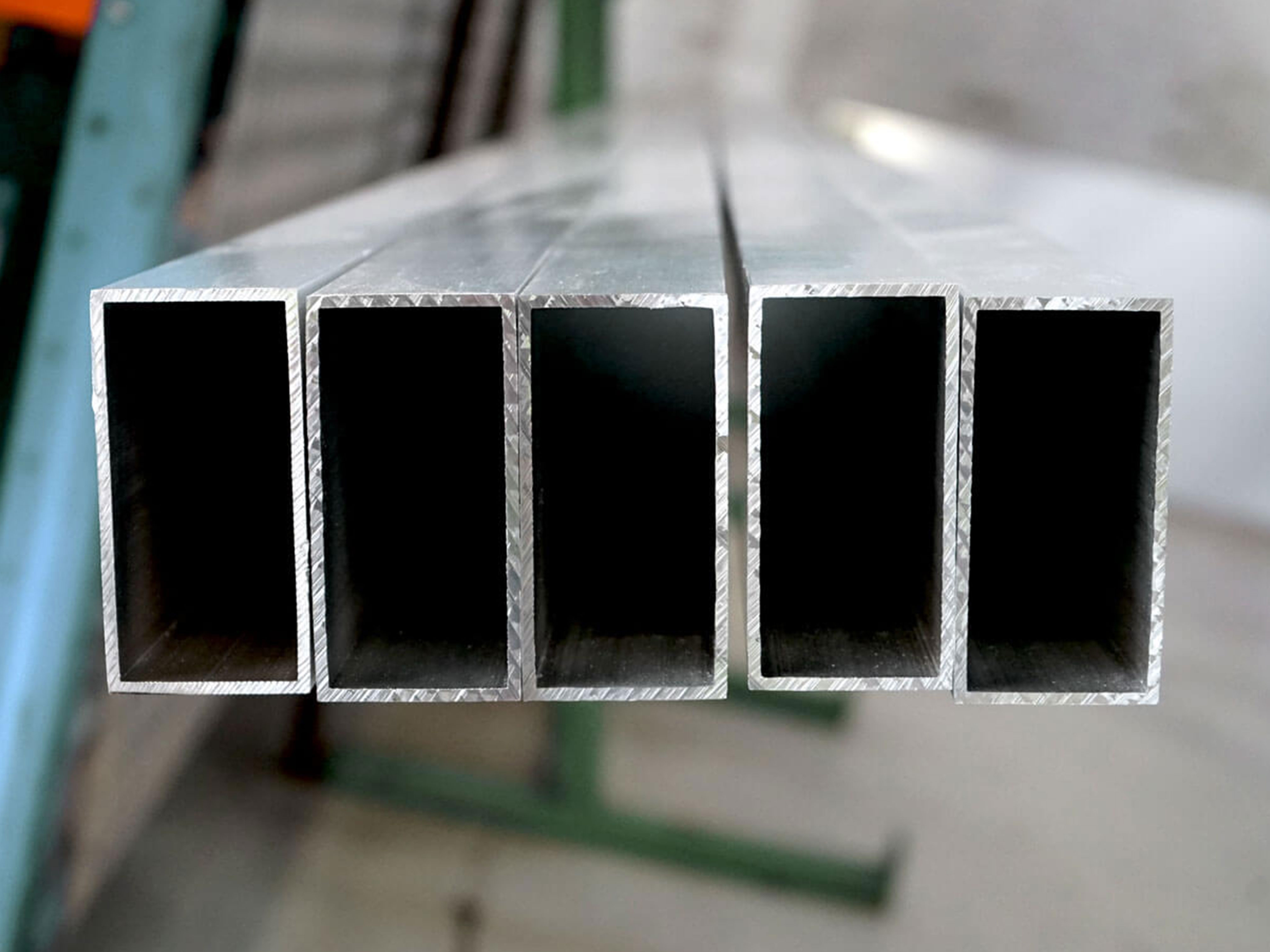
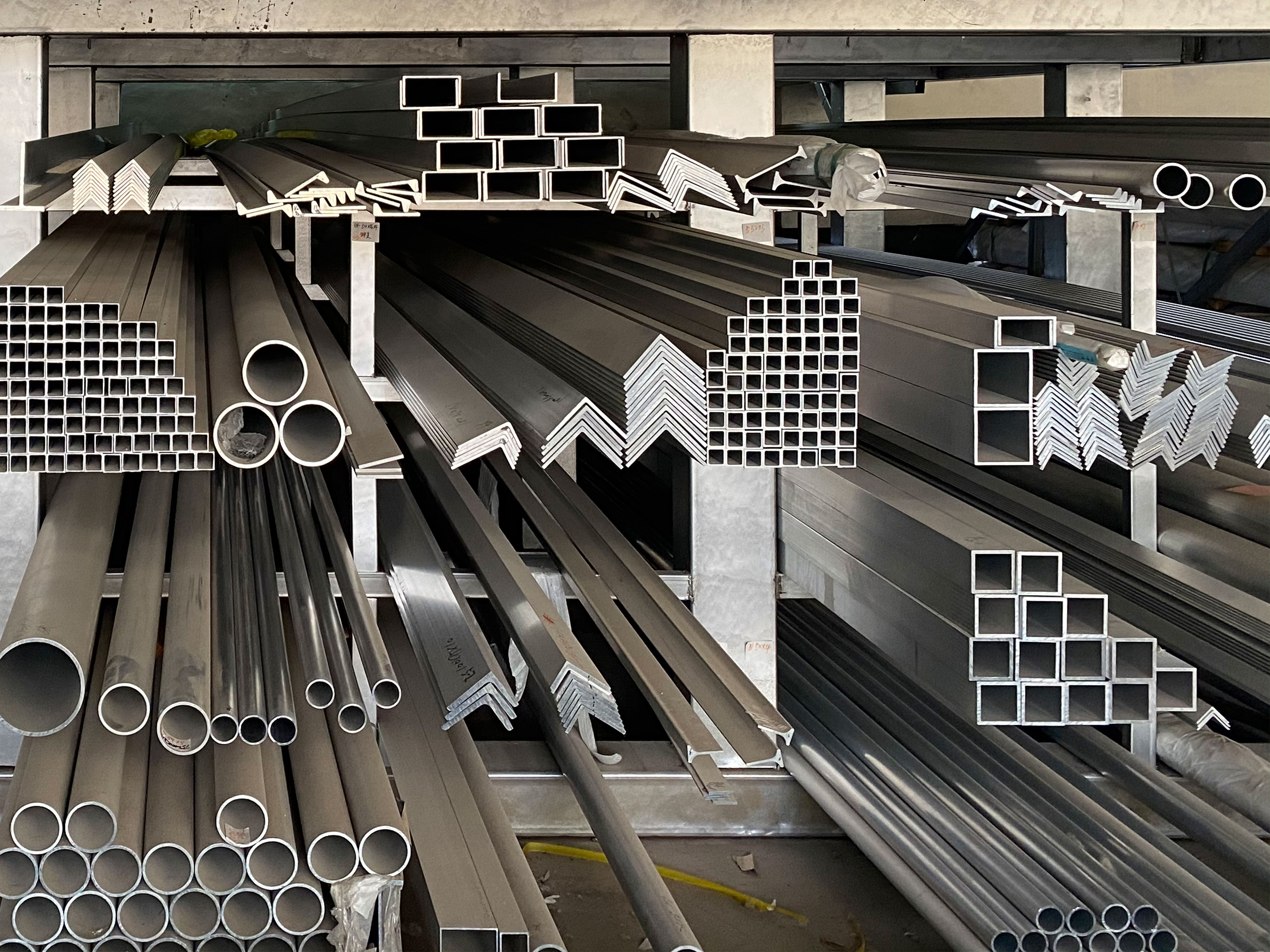
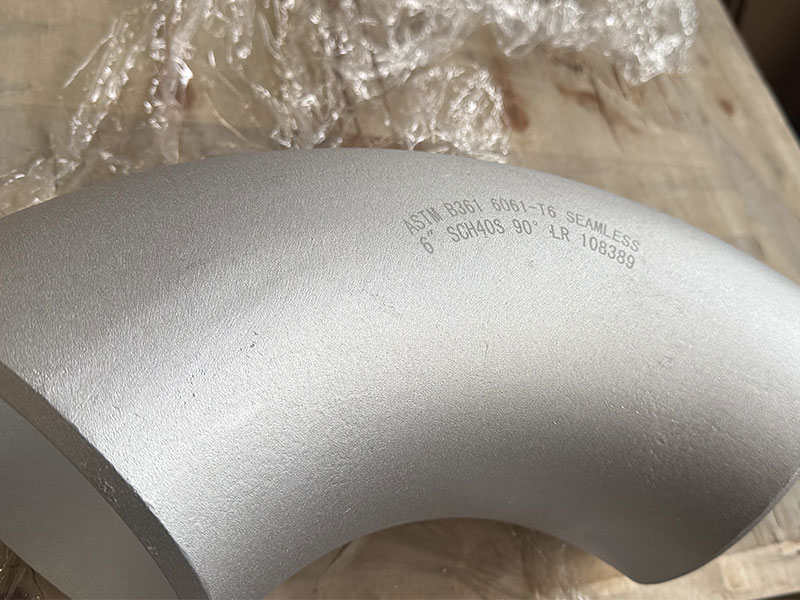






Leave a Message